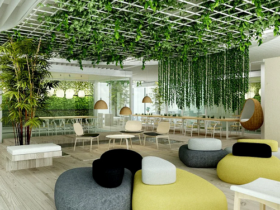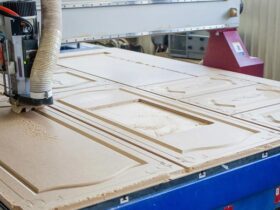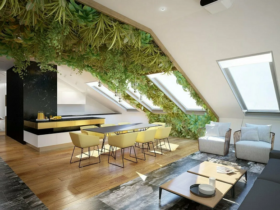Such housing is a new trend for our country, although everything new, as we know, is well-forgotten old. When many people hear the words “eco-house,” they imagine a wooden hut in the forest, but, fortunately, this is no longer the case.
Technology does not stand still and eco-friendly houses in the world delight owners with all modern amenities. The point is to live in unity with the surrounding nature, without losing comfort.
It is necessary that building and facing materials are safe for residents, and the production of eco-friendly materials should not harm the environment.
Criteria for assessing environmental friendliness
There is no single list with all the criteria for assessing environmental friendliness, although debates among professionals on this topic are quite active. Experts explain that eco-materials have the following properties:
- Not radioactive or radioactivity values within the background;
- No unpleasant odors;
- Without toxic components;
- Do not pollute indoor air;
- Do not emit hazardous compounds when heated;
- Do not form toxic substances when reacting with the environment;
- Biologically safe for people and nature.
Another important element is proper air circulation in the rooms. This is where natural air filters—plants—come to the fore. But the most surprising thing is that, contrary to popular belief, carpets do the same. According to research, carpets improve air quality by trapping dust particles, germs, and allergens from the air and holding them until they can be vacuumed. In addition, they provide sound insulation, which is extremely important for residents of apartment buildings.








